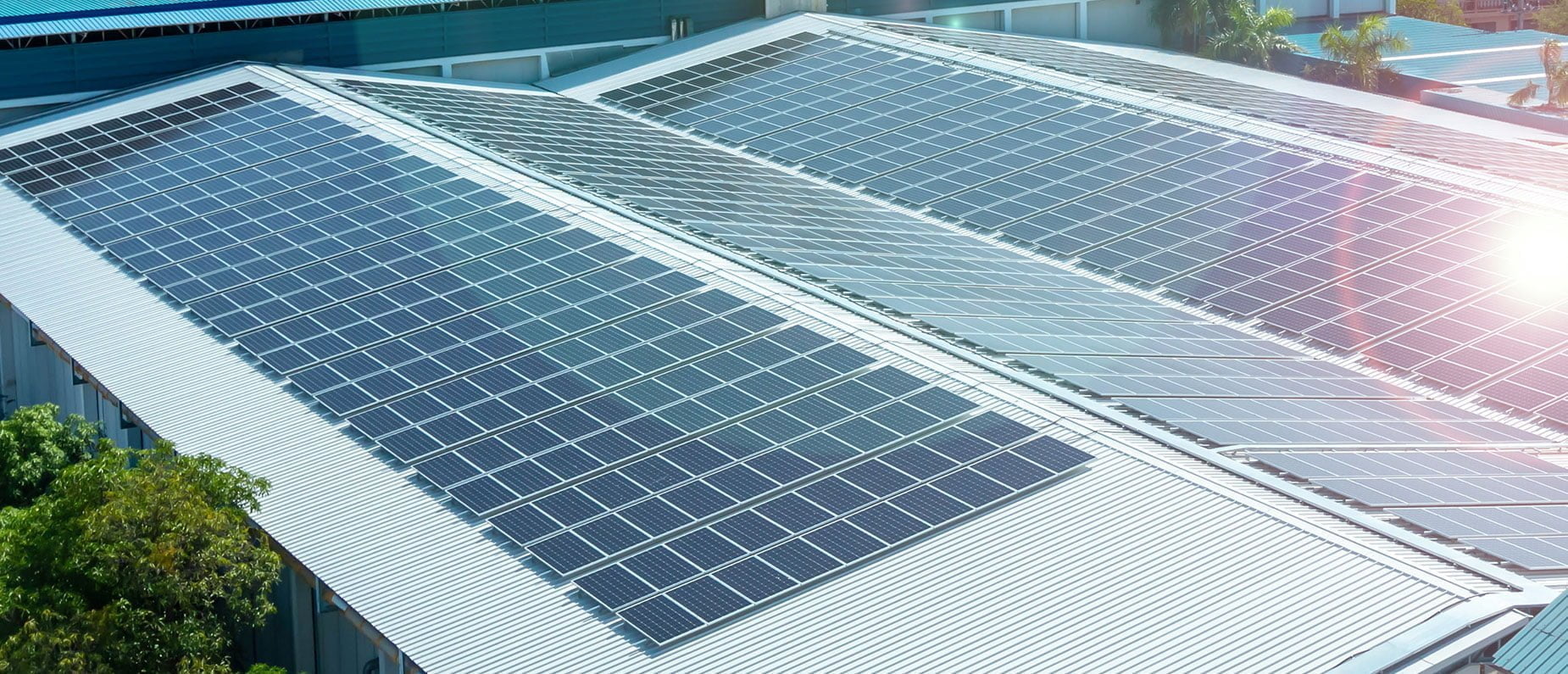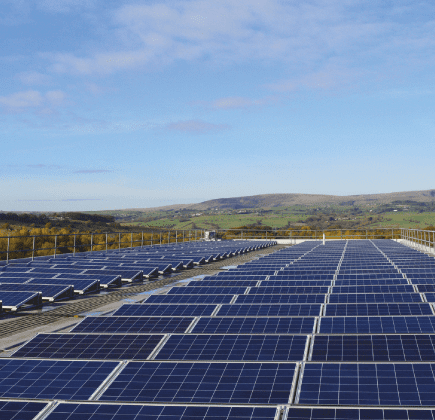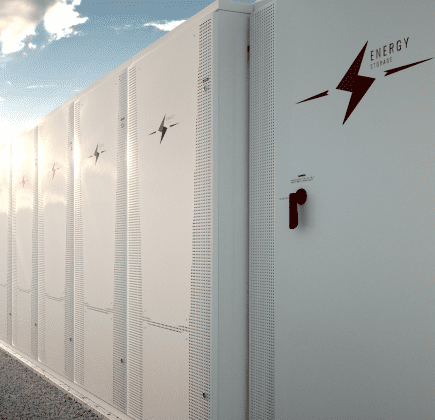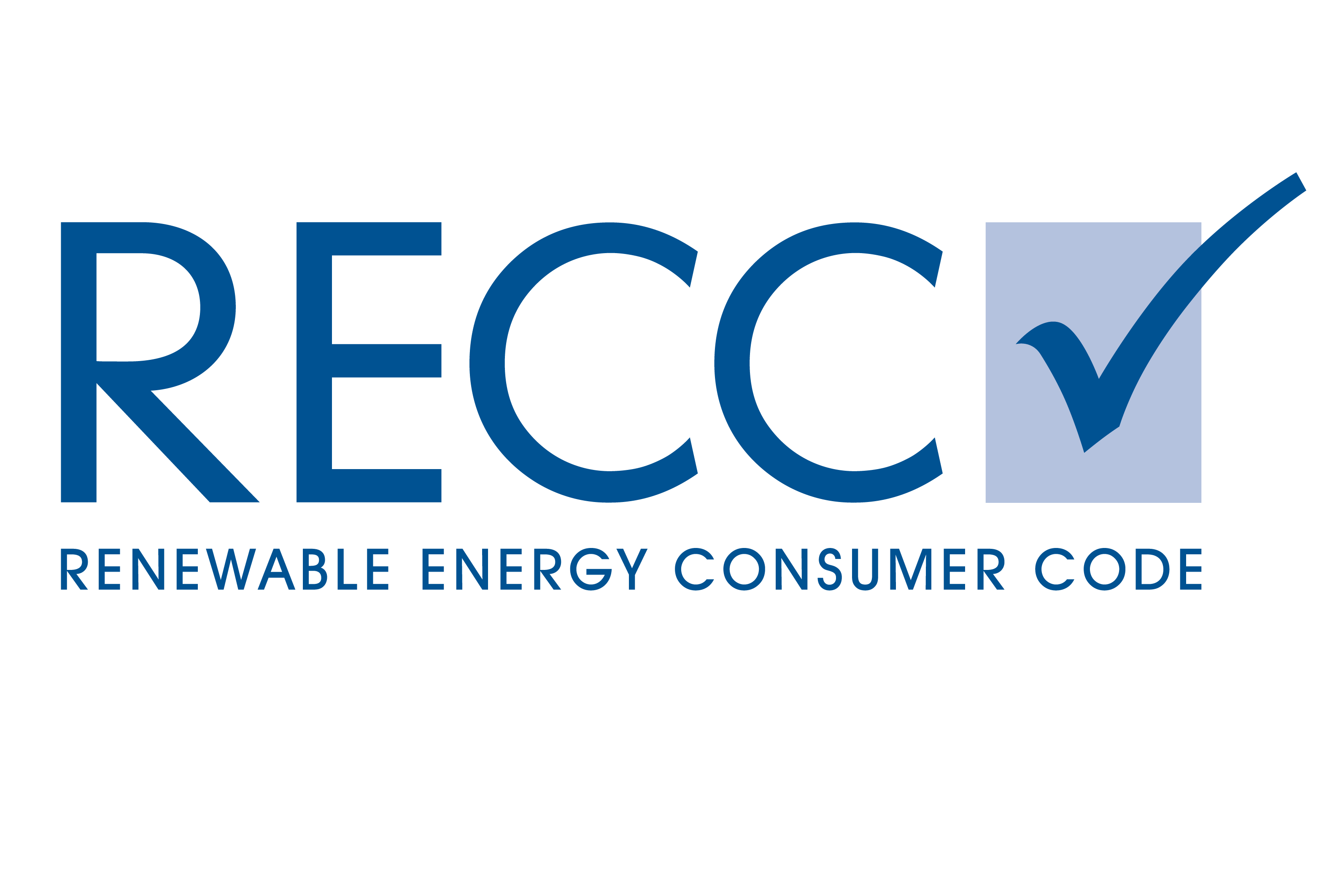
Solar to become world’s most economic generation source by 2030
The future for solar, if you’ll forgive the cliche, is looking brighter than ever. The ever-decreasing cost of commercial solar panels continues to be a big draw for businesses, and last year, solar was named the cheapest form of energy in history by no less than the International Energy Agency. That growth has continued unimpeded, and now a new report from the Carbon Tracker has predicted that in less than a decade’s time, solar will be the world’s ‘most economic’ generation source – in other words, the most widely justified in terms of profitability. What’s more, the report (‘The Sky’s the Limit,’ by Carbon Tracker) indicates that we could be even closer to this reality than we might first appear.
What does the report say?
Perhaps one of the most significant findings of the report is its revelation that as a species, we already technically have the means to meet our global energy needs 100 times over. Now that’s obviously quite an ambitious claim, so let’s unpack it a bit.
On average, the cost of solar has dropped by 18% every year since 2010 – one of the reasons it’s become such a viable source of energy for organisations across a broad array of sectors, ranging from agriculture to retail and wholesale, hospitality to industrial manufacturing. That’s led us to a situation where 60% of global solar generation is already economic. (The report also highlights that 15% of wind resource is economic, although that’s expected to grow to more than 50% by 2030.)
If these two generations technologies continue on their current trajectory, the report’s authors believe they could easily power the world between them by 2050, displacing fossil fuels almost entirely. And by quite some margin, too.
Hypothetically, with the solar technology we have currently available, and a relatively small amount of land, we’d be able to capture at least 6700 PWh (Petawatt hours) every year from solar and wind. Now, as recently as 2019, the entire world’s global energy consumption was 65 Petawatt hours a year – which means that existing technology already gives us the ability to generate 100 times the amount of energy required to meet annual global energy demand.
The land we’d need for that kind of solar power generation is estimated in the report to be around 450,000 km2. That’s about 0.3% of all global land area, which totals about 149 million km2. And yes, that’s less than amount of land currently being occupied by fossil fuel infrastructure across the globe.
So, while we can’t make that kind of transition overnight (if only it were that easy), it’s encouraging to think that an almost entirely solar-powered world may be a lot closer than most of us probably realise.
So, where do we go from here?
As you’d expect, solar’s capacity is expanding in line with its price drops. In fact, it’s growing faster than any previous energy technology of comparable size, with an average annual increase of 39% over the past decade – essentially, nearly doubling in capacity every two years. The combination of these two factors makes it a particularly viable option for developing countries whose energy infrastructures are still evolving, allowing them to bring more power to more people – even those out in more remote areas of the country.
To be honest, at this stage the obstacles to the further development of solar are largely political. On the face of it, it’s easy to see why some countries might be slow to embrace the benefits of solar technology, however frustrating that might be. After all, countries like Saudi Arabia made their fortune on fossil fuels, and they’ll be reluctant to relinquish their influence over the market. Fossil fuel lobbyists also have considerable influence on government policy in a number of other major superpowers, such as Europe and the United States.
But government policy is inextricably tied to global market factors, and when you consider the meteoric rise of renewables in just the past couple of years, it’s clear to see (if you’ll pardon the pun) which way the wind is blowing. Why would countries pay to import fossil fuels when they can cheaply and efficiently generate enough energy to power their own economies, with facilities within their own borders? You only need to look as far as the steady decline of the UK’s coal industry to see what the future holds for fossil fuels as a whole.
When it comes right down to it, politics and financial markets and energy prices are all influenced by a common factor: a shift in attitudes. And with more and more people looking to adapt their personal lives and their businesses to the new normal, it looks like millions of people worldwide are already making up their minds. The real question is how long it will take governments to catch up!
All that means there’s never been a better time to start enjoying the benefits of commercial solar panels for your business – and that’s exactly where we can help here at Low Carbon Energy. With 30 years of combined expertise to our name, you can count on us to help you use solar panels to achieve your Net Zero targets. Feel free to take a look through our case studies for just a couple of examples of what we can do – or to find out how we can help you, just give us a call on 01282 421 489!
 Energy Technology
Energy Technology

Powering your present. Preserving your future.
Call us on 01282 421 489

strategy be a priority?











